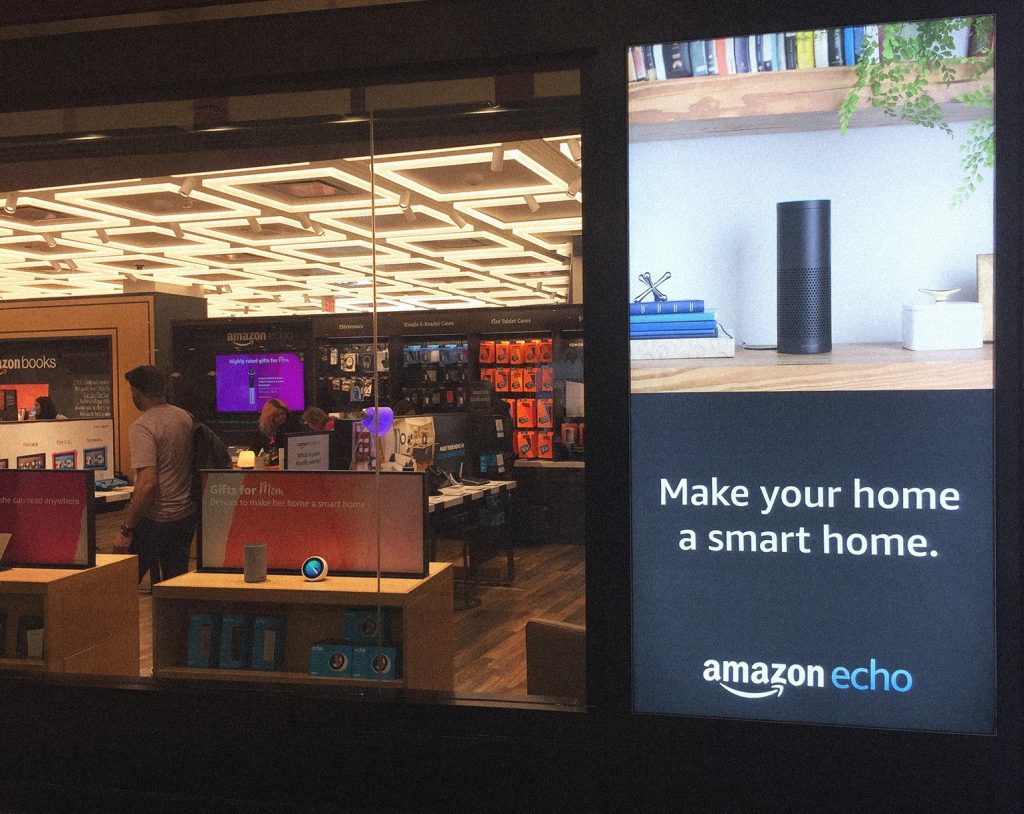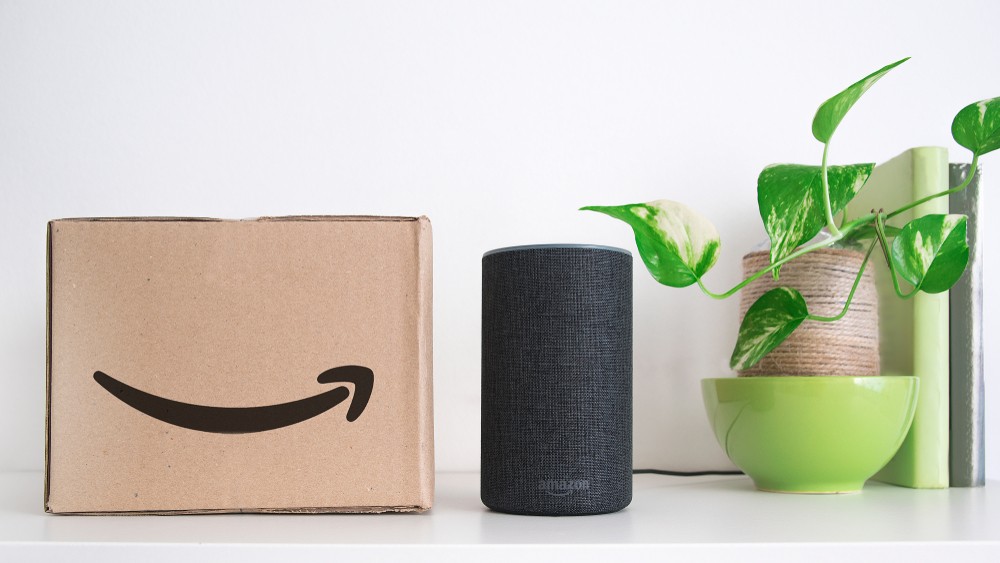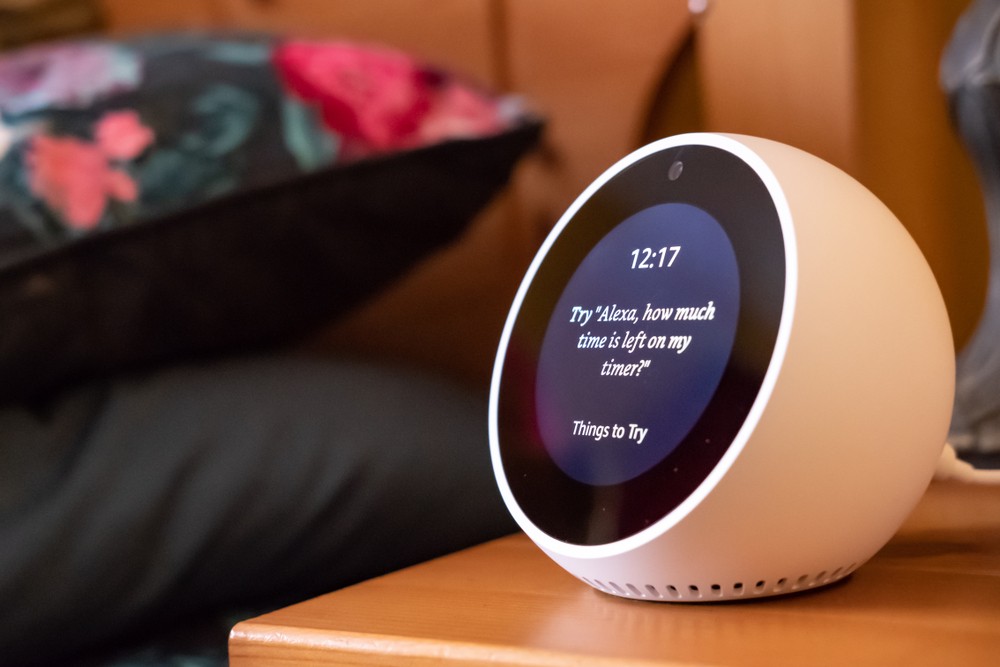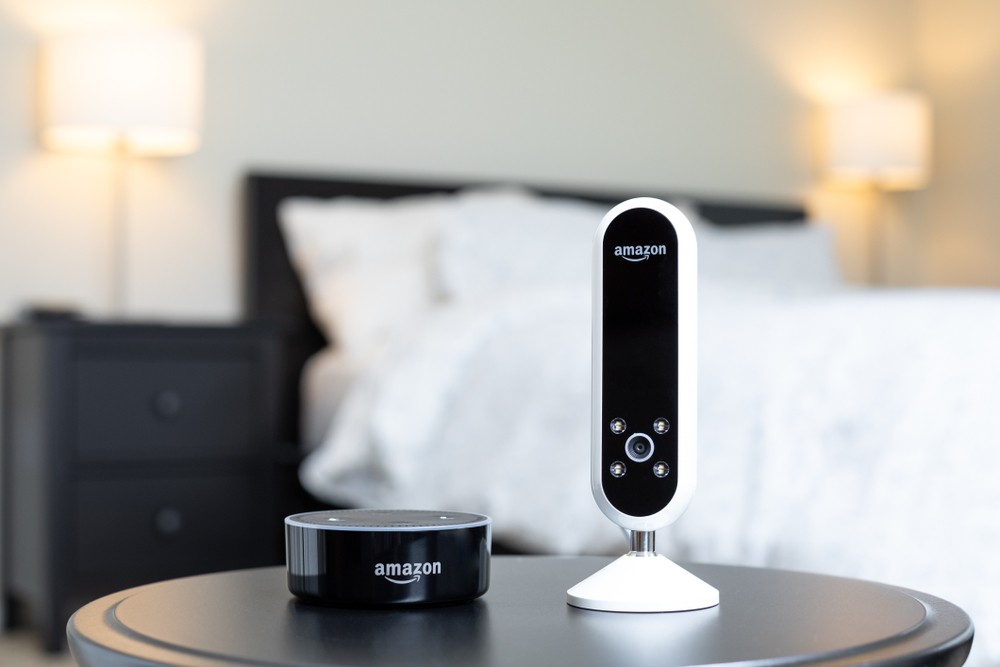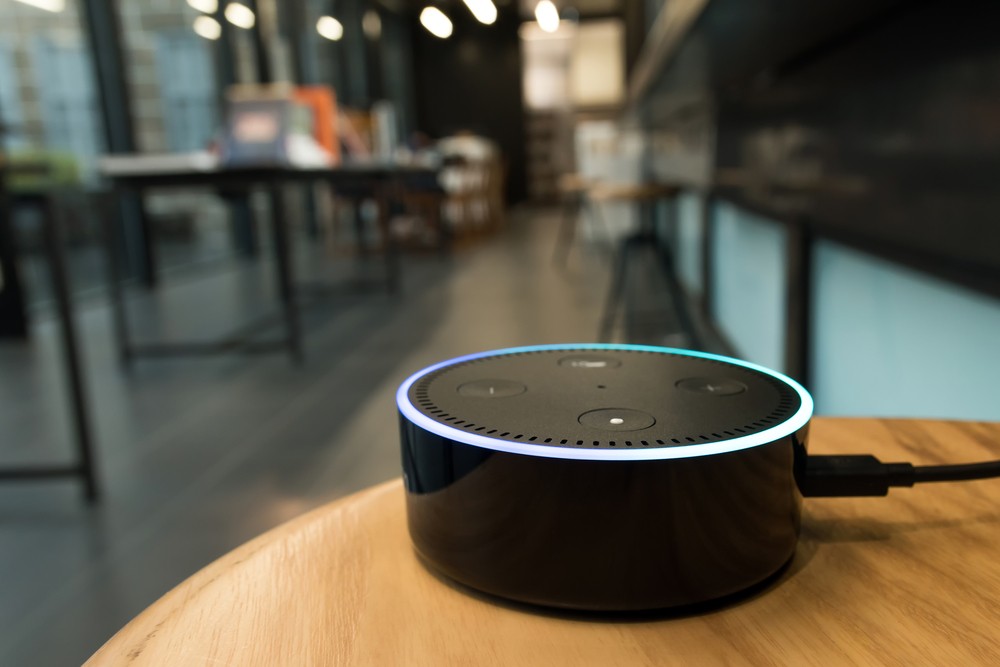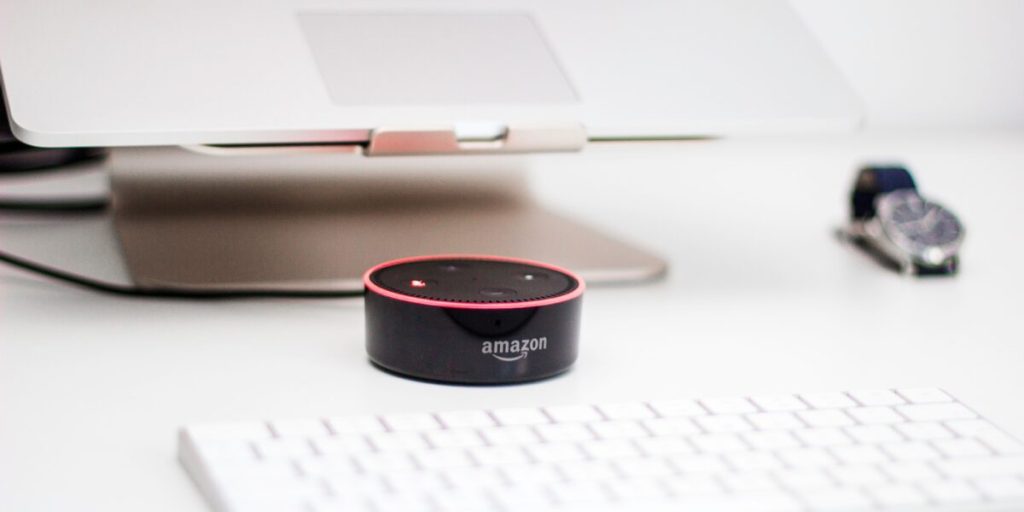Will 2020 Be the Breakout Year for Voice Marketing?
Chances are good that you’ve used Siri, Alexa, or a similar AI voice assistant over the recent months or years, but have you stopped to consider the tremendous potential of voice marketing? Leveraging the power of voice user interfaces such as Apple Siri, Amazon Alexa, and Google Assistant, voice marketing is poised the become the …
Will 2020 Be the Breakout Year for Voice Marketing? Read More »

